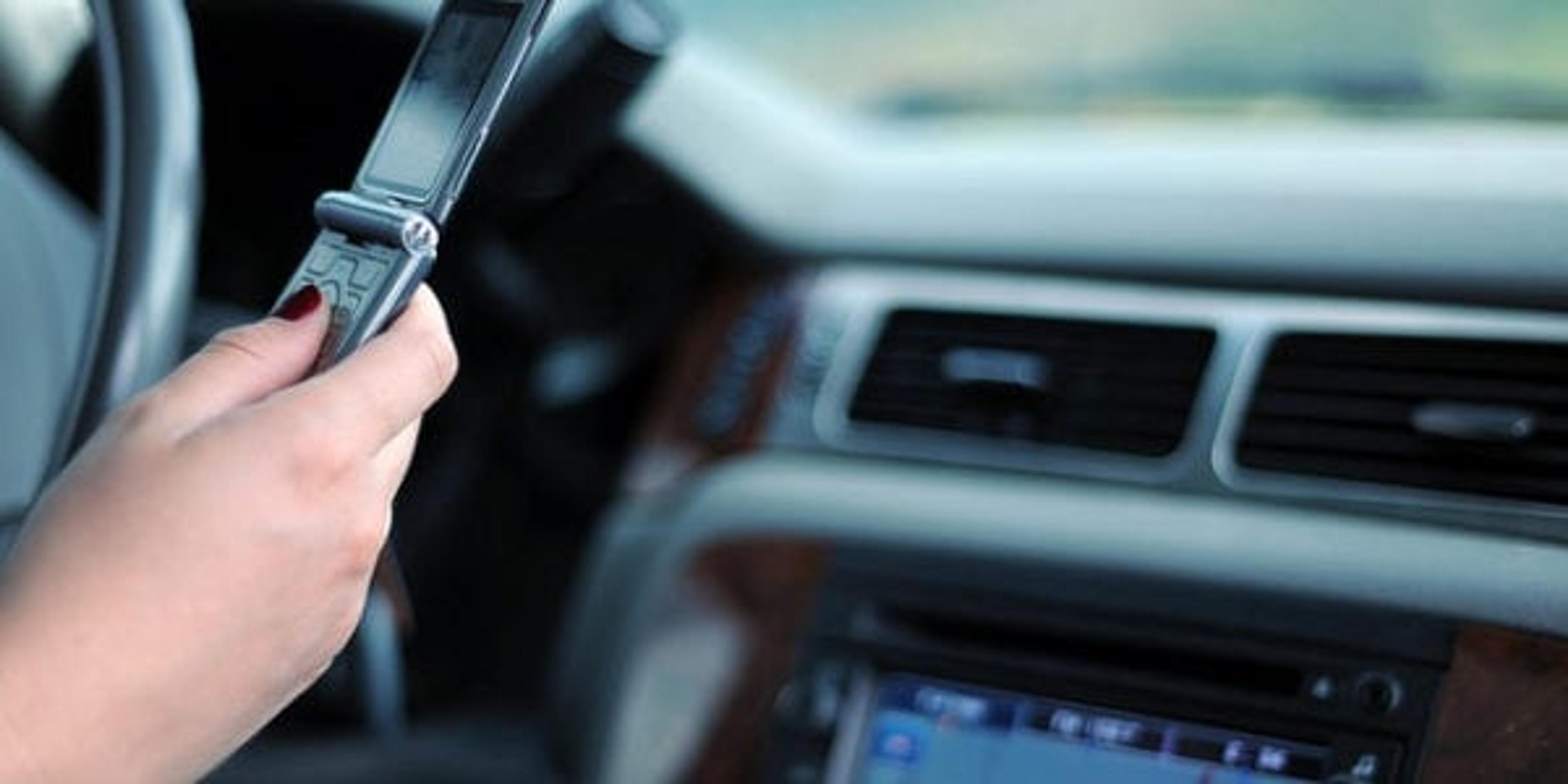National Safety Month: Distracted Driving is Dangerous Driving

Alyssa Hadrych
| 3 min read

You’re in stop-and-go rush hour traffic and decide to answer text messages or catch up on work emails. Suddenly the next thing you know you’re crashing into the car in front of you. We’re all guilty of distracted driving to a certain degree, whether it’s eating a breakfast sandwich on the way to work, or something more serious like texting and driving. When you engage in distracted driving, you not only endanger yourself, but those around you: other motorists, pedestrians, construction workers or bicyclists. It is important that everyone shares an equal responsibility of making the roads a safe place.
Though the majority of people recognize the risks associated with distracted driving, there are still more than eight people killed and 1,150 injured each day in crashes involving a distracted driver. Even more shockingly, the AAA Foundation for Traffic Safety found that over one-third of people have admitted to reading and/or sending a text or email while driving within the past month. The National Highway Traffic Safety Administration deemed texting while driving the most dangerous distraction because it involves all three types of distraction: visual, manual and cognitive.
There are three main types of distraction: visual, manual and cognitive. Read on for a breakdown of each and what you can do to avoid becoming a victim of distracted driving.
Visual Distraction
This type of distraction is very common and includes any interruption that causes a driver to take their eyes off of the road, even if it’s just for a second. Visual distractions can be adjusting the radio or mirrors, checking a new text message or even looking at an accident on the side of the road.
Manual Distraction
This type of distraction happens when a driver takes one or both hands off of the steering wheel. Manual distractions include making a call, sending a text message, eating or applying makeup while driving.
Cognitive Distraction
Any type of distractions that prevents you from fully focusing on driving is considered cognitive distraction. Though hands-free technologies have made using mobile phones while driving safer, the driver is still cognitively distracted when having a conversation with someone. Emotional or stressful conversations can also lead to absent-minded driving, or situations when you’re day dreaming and snap out of it to realize you’ve driven two miles too far. Drowsy driving has also been shown to cause more than 100,000 crashes each year.
Yes, this information is alarming, but the good news is that there are steps you can take to share the roads safely and protect those around you.
- Make driving your priority; keep your hands on the wheel and eyes on the road, 10 and two, 10 and two. Just kidding, but really.
- Try not to use your mobile phone, if you have to send a text or make a phone call – pull over. For your teens or even yourself, there are mobile applications that can disable devices if driving is detected.
- Be mindful of pedestrians at crosswalks and keep in mind that children can be harder to spot and often make unpredictable movements.
- Save that breakfast sandwich for when you reach your destination.
- Designate a co-pilot to handle the navigation system. If you are alone, pull over to make adjustments safely.
- Be sure to rest and fuel up before long trips.
- Don’t tailgate. The general rule of thumb is to leave one car length for each 10 mph increment. So, at 60 mph you should leave six car lengths between your vehicle and the vehicle in front of you.
If you enjoyed this post, check out:
Do you have an safe driving tips? Share in the comments below.
Photo credit: Government of Alberta via Flickr.





